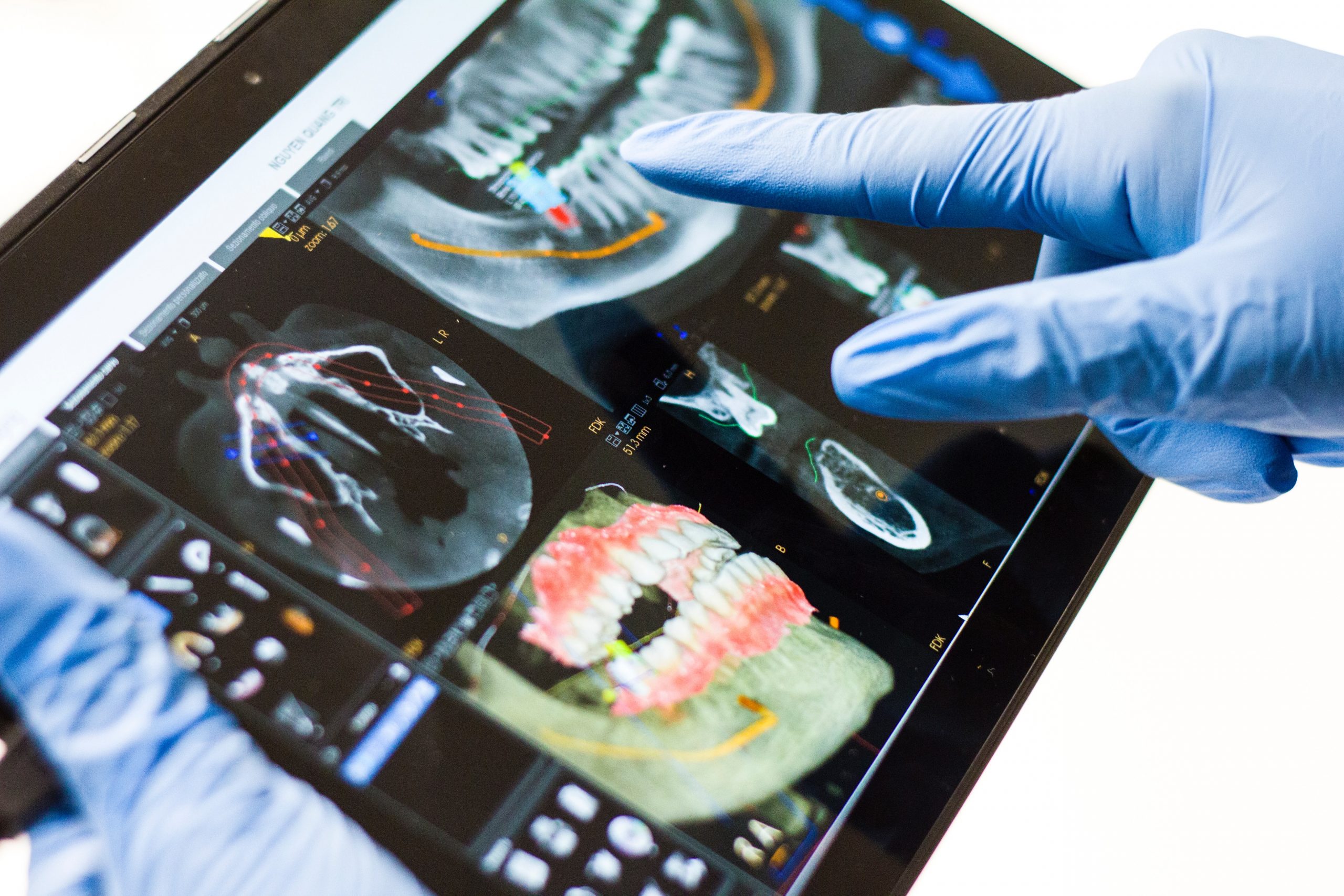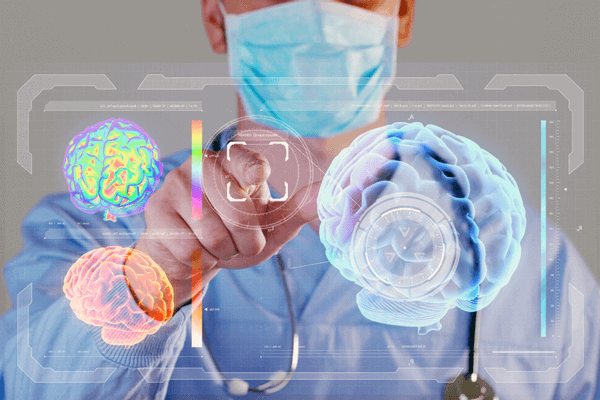
3D Printing in Healthcare: Healthcare Trends
3D printing technology has taken the world by storm over the last few years, reshaping activities in every area from teaching to neuroscience. Like every other field, the medical industry has also reaped the benefits of 3D printing. 3D printing is an innovative method that creates a three-dimensional object by constructing consecutive layers of raw material. 3D Printing in Healthcare is assisted by a digital 3D file such as Magnetic Resonance Image (MRI) or a computer-aided design (CAD) drawing, that performs an integral role in the healthcare industry as it provides the power to manufacture several medical devices for healthcare specialists.
The key healthcare trends in 3D printing are listed below:
3D Printing has the main role in regenerative medicine
Currently, the organ transplant sector is facing many problems because of the shortage of donors and organs. Now due to the development of 3D printing and its adoption all over the world, this problem is being solved slowly. Here, Regenerative medicine comes in the picture. This field includes several different fields, using polymers, biomaterials, cells, or a mixture of biomaterials and cells to build transplant organs instead of depending on the existing donor model. Although there have been obstacles in creating 3D bioprinters of complex organs such as heart and liver, simple organ transplants are much more practiced for a long time now.
3D Printing in precision medicine
The introduction of 3D printers allows pharmacies and hospitals to help doctors, nurses and pharmacists form a dose and delivery system based on the size, age, lifestyle, and sex of the patient. This is a new opportunity for precision medicine for the development and preparation of personalized medicines that would also save money and resources.
More efficiency in R&D processes
Bioprinted tissues and organs are now being used to make clinical trials more effective and help to increase the success rate. Bioprinting allows researchers to print fully functional organs made of human cells before using in vivo animal or human tests to determine the safety of a drug. This mostly helps reduce the amount of damage caused to animals but also speeds up the entire process of research and development.
Cost Savings
3D-printed material will provide cost-effective organs, implants, and medical devices for patients. 3D printing will reshape production by collapsing the time between design and manufacturing, reducing costs, and allowing for greater design complexity, accuracy, and customization than traditional production.
The future of healthcare certainly includes 3D printers. Whether medical professionals use it to help students learn and research new techniques and treatments, or patients obtain new organs and prosthetics, 3D printing has hundreds of possible applications.







